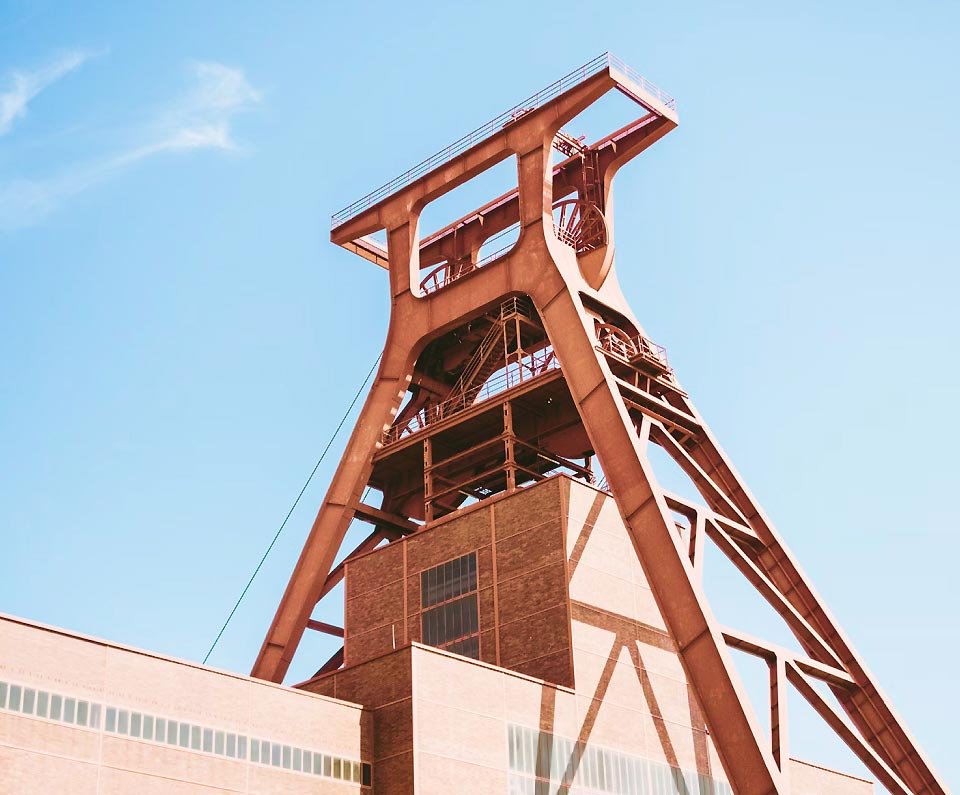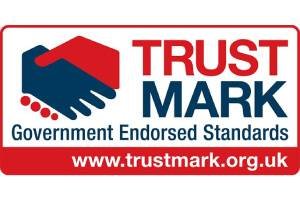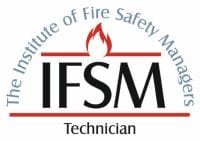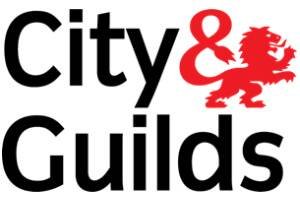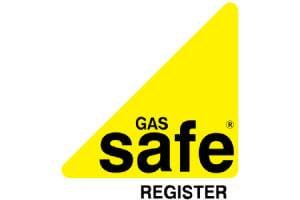
In 2025, businesses across the UK will face more severe expectations regarding fire safety. As fire regulations continue to expand, understanding and conducting fire risk assessments properly has never been more important. These assessments aren’t just a regulatory formality; they are a legal obligation and the basis of workplace safety. From identifying risks to implementing effective preventative measures, UK businesses must take a structured, proactive approach.
But what exactly is required? How often should assessments be carried out? And what happens if your business fails to meet the legal standards? Let’s explore what every organisation needs to know about fire risk assessment requirements in 2025.
Key Takeaways
- Employers are legally obliged to carry out fire risk assessments at least annually or whenever there are notable changes to the premises or operations.
- Compliance with the Regulatory Reform (Fire Safety) Order 2005 remains a legal necessity to avoid fines and maintain a safe environment.
- Identifying fire hazards, reviewing current precautions, and planning improvements are all necessary steps in the assessment process.
- Keeping up with the development of safety technologies and updated regulations helps ensure your fire risk assessment remains relevant and practical.
- Selecting a competent and experienced fire risk assessor is essential for both safety and compliance.
Understanding the importance of fire risk assessment requirements and its essential role.
Understanding fire risk assessment requirements is far more than a formality; it’s a process that protects lives and property. Fundamentally, it’s about systematically reviewing your premises to identify potential fire danger, assess who might be at risk, and determine what safety measures are needed.
This process ensures that workplaces aren’t only compliant but also prepared correctly in the event of a fire. With innovations in digital modeling, real-time monitoring, and data analytics, many businesses are now utilizing modern tools to enhance their assessments. These solutions can help tailor fire safety measures to the specific needs of your building or operations.
Regularly reviewing your fire risk assessment ensures that your safety protocols stay effective as your business evolves. Ultimately, it’s about meeting fire risk assessment requirements, creating a safer environment, and fulfilling your legal responsibilities.
Fire Risk Assessment Requirements: What Must Be Included?
When conducting fire risk assessment requirements, it is necessary to include all fire risk assessment requirements to ensure legal compliance and overall safety for everyone on the premises. Here’s a breakdown of what should be included in a thorough fire risk assessment:
1. Identifying People at Risk
The first step is to identify anything that could start a fire. This includes:
- Sources of ignition
- Combustible materials
- Oxygen sources that might intensify a fire
This aids in understanding how a fire might begin and what could sustain it.
2. Identifying People at Risk
Think about who could be in danger during a fire. This should include:
- Employees and visitors
- People working alone or in isolated areas
- Vulnerable individuals, such as those with disabilities, the elderly, or young children (in care settings)
Assessing this allows tailored safety measures to protect everyone.
3. Evaluating and Reducing Risks
Once the danger and people at risk have been identified, assess the likelihood of a fire starting and its potential impact. Then, take appropriate steps to reduce or eliminate these risks. Examples include:
- Keeping escape routes clear at all times
- Installing suitable fire detection and alarm systems
- Storing flammable materials safely
- Implementing smoking policies
- Regular maintenance of electrical equipment
4. Recording the Findings
In most cases, especially for businesses with five or more employees, it’s a legal requirement to keep a written record of your fire risk assessment. This should include:
- The identified hazards
- Actions undertaken or scheduled to mitigate risks
- The individuals or groups at risk
- Who is responsible for each action
This record demonstrates compliance and serves as a reference point for future reviews.
5. Planning for Emergencies
An effective emergency plan must be in place. This involves:
- Clear fire removal procedures
- Assembly points
- Procedures for contacting the fire service
- Assigning fire wardens or marshals
- Ensuring emergency exits and signage are visible and functional
Who’s Legally Responsible for Fire Risk Assessments?
Under UK law, and fire risk assessment requirements rest with the ‘responsible person’. This typically refers to the employer, landlord, building owner, or anyone with control over the premises, such as a facilities manager.
Even if a business hires a professional fire risk assessor, the legal duty to ensure that the assessment is completed and acted upon remains with the responsible person or persons. That individual must make sure the evaluation is thorough, up to date, and followed by any necessary safety actions.
Being proactive, staying informed about regulations, and investing in the right expertise are key to managing this responsibility effectively.
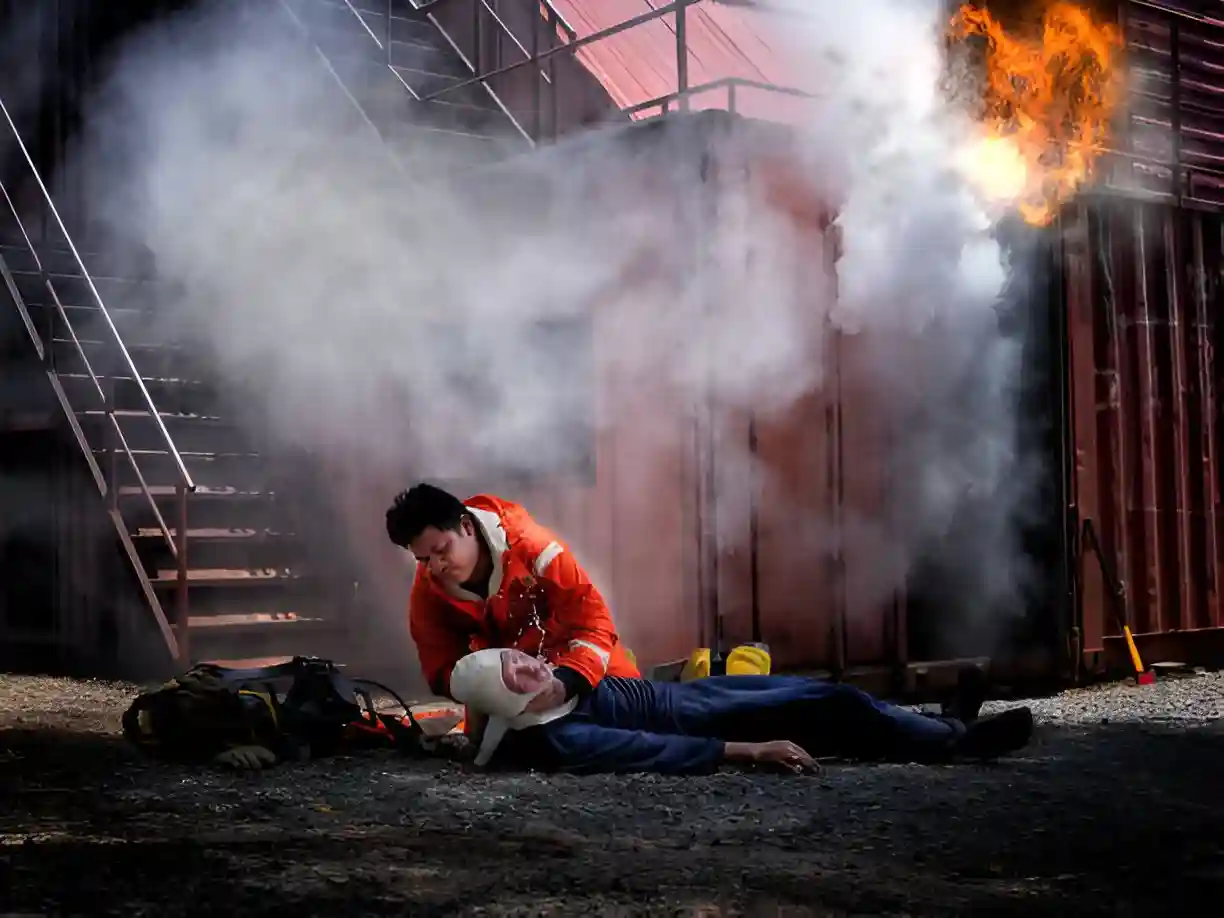
What Must Be Included in a Fire Risk Assessment Requirements?
Fire risk assessment requirements need to be detailed and structured. Whether you’re completing it in-house or using an external expert, the assessment should include the following core components:
1. Identifying Fire Hazards
Pinpoint all potential sources of ignition, fuel and oxygen
2. Assessing Risks to People
Consider who might be harmed by a fire, including employees, visitors, and contractors, and determine the potential harm to each group.
3. Evaluating Existing Safety Measures
Review the fire alarms, extinguishers, exits, and emergency plans already in place. Identify any gaps.
4. Developing an Action Plan
If weaknesses or risks are identified, document the necessary actions to address them, whether it’s installing new equipment or updating training.
5. Keeping Records
A written record of the findings is required for businesses with five or more employees, but it’s good practice for all.
6. Raising Staff Awareness
Ensure employees understand fire risks, are familiar with the procedures, and receive regular fire safety training.
How Often Should Fire Risk Assessments Be Reviewed?
Fire risk assessment requirements aren’t a one-time task. They need to be kept current with the changing nature of your workplace. As a rule of thumb:
- Annually: At a minimum, assessments should be reviewed at least once a year.
- After Significant Changes: Renovations, layout changes, new equipment, or increased staff numbers should trigger a reassessment.
- After Incidents or Near Misses: Any fire-related event, regardless of its severity, warrants an immediate review.
- When Regulations Are Updated: Changes to fire safety laws or standards should prompt a fresh assessment.
Staying on top of reviews ensures your fire precautions remain effective and your business remains legally compliant.
Fire risk assessment Requirements legally required in the UK
The Regulatory Reform (Fire Safety) Order 2005 remains the primary piece of legislation governing fire safety in England and Wales. Under this regulation, companies must comply with the following requirements:
- Conduct a fire risk assessment and regularly update it to ensure ongoing compliance.
- Implement preventive and protective measures.
- Notify staff about fire hazards and deliver training.
- Keep fire safety equipment well-maintained and ensure it functions properly.
- Ensure safe evacuation routes and emergency procedures are communicated.
Common Fire Hazards to Look Out For
Identifying and managing fire hazards is an integral aspect of any fire risk assessment requirements. Here are some of the most common risks businesses need to be aware of:
| Hazard Type | Description | Mitigation Strategy |
|---|---|---|
| Flammable Liquids | Easily ignited chemicals or fuels | Store securely in fire-safe containers |
| Electrical Faults | Damaged cables, overloaded sockets, and faulty wiring | Regular PAT testing and equipment maintenance |
| Combustible Materials | Paper, cardboard, textiles, and other materials. | Store away from ignition sources; declutter |
| Cooking Equipment | Kitchens, breakrooms, portable appliances | Fit fire suppression systems and train users |
| Human Error | Carelessness, smoking indoors, blocked exits | Staff training and clear signage |
Identifying and managing these risks can significantly reduce the likelihood of a fire in your premises.
Should You Hire a Professional Fire Risk Assessor?
Hiring a professional can not only ensure you’re compliant but also provide peace of mind that nothing has been overlooked. An experienced fire risk assessor brings:
- A thorough knowledge of fire safety legislation
- Industry-specific knowledge
- Advanced risk assessment techniques
- An unbiased, thorough approach
Landlord Safety Certification has experienced and professional assessors in the UK.
Consequences of Non-Compliance
Failing to carry out a proper fire risk assessment or ignoring the findings can lead to severe consequences:
- Fines: Ranging from hundreds to hundreds of thousands of pounds
- Prosecution: In severe cases, responsible individuals may face prison
- Insurance Issues: Claims may be denied if you’ve failed to meet legal obligations
- Reputation Damage: A fire caused by negligence can seriously damage your brand.
- Loss of Life or Property: Ultimately, the most serious consequence is the human and financial cost of a preventable fire
Staying compliant isn’t just about avoiding penalties; it’s about protecting people and your livelihood.
Top Tips for Staying Compliant in 2025
To meet fire safety standards in 2025 and beyond, businesses should adopt the following strategies:
- Utilise Smart Fire Tech: Automated detection systems and alarms enhance early warning capabilities.
- Train Your Team Regularly: Arrange fire drills and refresher training sessions throughout the year.
- Integrate Fire Safety into Business Planning: Fire risk management should be part of your overall continuity strategy.
- Stay Current with Regulations: Stay informed about legal updates and industry changes.
- Document Everything: Keep clear records of assessments, actions taken, and training provided.
- Work with Experts: Collaborate with professionals when dealing with complex or high-risk environments.
These proactive steps can help you build a fire-safe workplace and maintain full compliance.
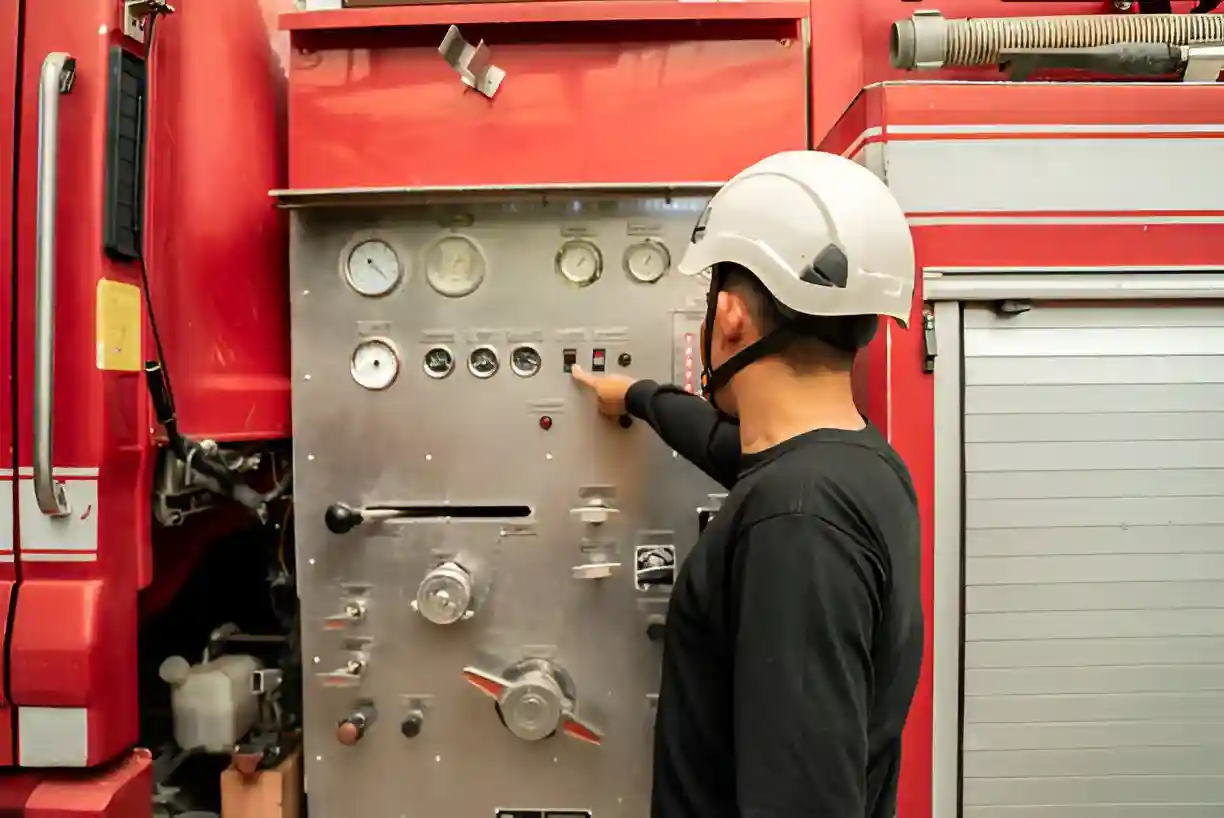
What to Look for in a Fire Risk Assessor
Choosing the right fire risk assessor is essential. Here are a few important points to consider:
- Relevant Certifications: Look for accreditation from recognised bodies, such as the Institute of Fire Safety Managers (IFSM) or the Fire Protection Association (FPA).
- Industry Experience: An assessor familiar with your type of premises will understand the unique risks associated with them.
- Clear Communication: They should clearly explain findings and recommendations, providing actionable advice.
- Use of Technology: Modern tools can improve the quality and accuracy of assessments.
- Ongoing Development: Choose assessors who stay up-to-date with regulations and safety innovations.
A good assessor not only helps you comply with the law but also contributes to a safer and more resilient business.
Frequently asked questions.
Conclusion
In 2025, UK businesses must take fire risk assessment requirements seriously. It’s a legal requirement, but more importantly, it’s an important part of protecting people and property. By understanding your responsibilities, staying up-to-date with safety standards, and collaborating with qualified professionals, you’ll be well-positioned to comply with the law and create a safer workplace.
Don’t wait for a warning or a disaster to take action. Make fire safety a priority; your business, employees, and reputation depend on it.

